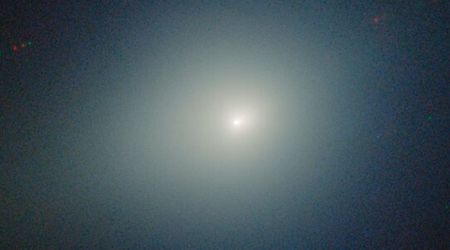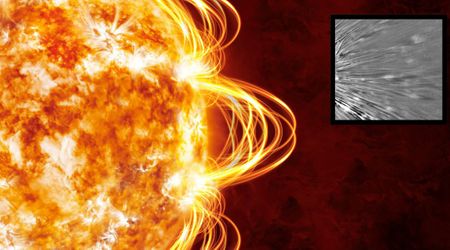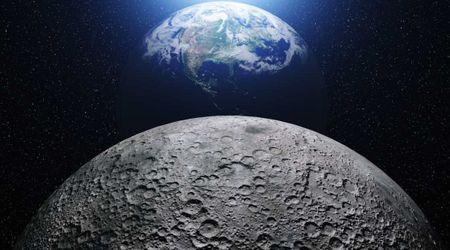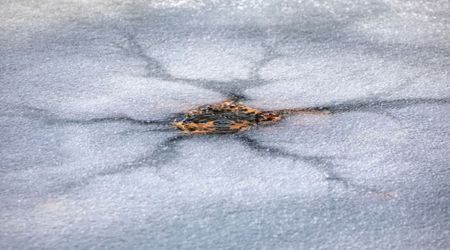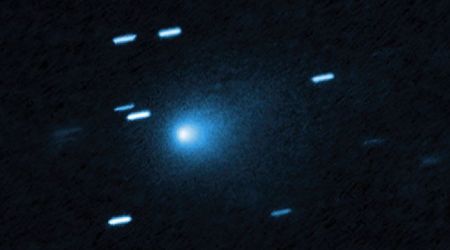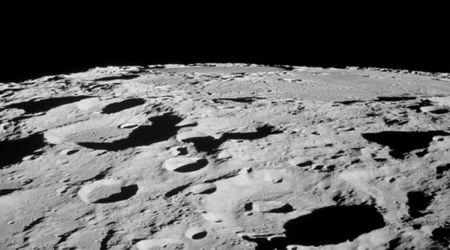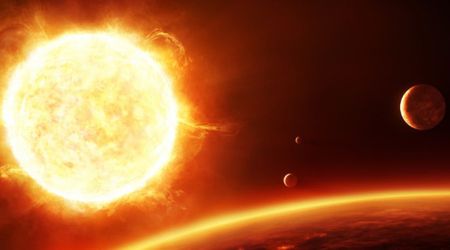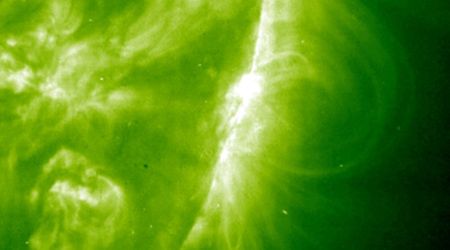the different types of meteorites


Many people think that all meteorites are the same, but that couldn't be further from the truth! In reality, meteorites come in a variety of shapes and sizes. As the meteoroid enters the Earth's atmosphere and begins to burn up, it creates a bright streak of light in the sky known as a shooting star or meteor, and if it survives the journey and reaches the ground, it becomes a meteorite.
Scientists have identified three main categories of meteorites: iron meteorites, stony-iron meteorites, and stony meteorites. These categories are distinguished by their structure, chemistry, and mineral content.
But that's not all - each category also has its own subtypes, which adds even more diversity to the world of meteorites. In the below article, we will explore the different types of meteorites found in our solar system and learn about their unique characteristics.
Iron Meteorites
Iron meteorites are the densest type of meteorites out there due to their iron-nickel alloy, representing about 90% of all known meteorite mass, equivalent to 500 tons. They are also known as siderites or ferrous meteorites.
Most astronomers agree that these types of meteorites are simply remnant cores of planetesimals, such as M-type asteroids. These metallic iron cores were exposed as celestial objects melted due to the decay of radioactive elements.
Iron meteorites are amongst the most important types of meteorites out there. Long before humanity reached the Iron Age, these types of meteorites acted as primordial sources of usable iron. Many tools, including swords, were crafted with meteoric iron before smelting even existed.
Iron meteorites are considerably bigger than stony-iron or stony meteorites. No other type of meteorite comes close in size to them, perhaps since they might lose their mass once they enter our planet's orbit.
One famous example of a giant iron meteorite is the Hoba meteorite, discovered in South Africa in 1920. This giant iron meteorite landed on our planet less than 80,000 years ago and has never been moved since then, as it weighs over 60 tons.
Iron meteorites played an extensive role in our past, and they continue to do so today as scientists believe that their metallic cores are quite similar to the cores of terrestrial planets. They might help us understand just what exactly is beneath our planet's mantle. Many subgroups are assigned to these types of meteorites based on their crystalline structure and mineral content.

An iron meteorite for Odessa, Texas USA. Credit: H.Zell
Stony-Iron Meteorites
If iron meteorites are mostly made out of meteoric iron, and stony meteorites out of silicate minerals, then stony-iron meteorites, are somewhere in the middle, having almost equal parts of silicates and iron content. Apart from being among the most beautiful and highly valuable meteorites, they are classified into two subtypes: mesosiderite and pallasite.

A slice of stony-iron meteorite from the Esquel meteorite that crashed in Argentina. Credit: Doug Bowman
Mesosiderite Stony-Iron Meteorites
The mesosiderite stony-iron meteorites aren't as spectacular as their pallasite counterparts, as they are basically breccias, which is a variety of rock that is composed mainly of broken fragments of different rocks and minerals cemented together.
These meteorites basically contain a mix of solidified igneous silicate rocks and bits and pieces of older rocks. They experienced metamorphism at high temperatures during a collision. But they are still beautiful to behold and quite rare. In fact, only 208 mesosiderite meteorites were discovered, most of which were found in Antarctica.
To better understand how rare this type of meteorite is, consider this: the last mesosiderite observed during its fall occurred in 1995 in China. Similar to iron meteorites, mesosiderites are among the largest types of meteorites out there. Many astronomers consider that mesosiderites originate from the M-type asteroid 16 Psyche. These types of meteorites form when asteroids collide and melt.

A tiny piece of mesosiderite meteorite from a larger meteorite that had crashed in Chile. Credit: Brocken Inaglory
Pallasite Stony-Iron Meteorites
Pallasite stony-iron meteorites are among the most beautiful type of meteorites out there. This is because they contain large and remarkable olive-green crystals, also known as olivine. Olivine is a class of minerals found on Earth as well. Their gemstone variety is peridot, and it is among the most beautiful gemstones you can find if you are rockhounding.
Pallasite meteorites played a huge role in history at a time when many people didn't believe that meteorites had fallen on Earth. One of the most influential scientists to examine these meteorites was Peter Pallas. He examined pallasite meteorite specimens in 1772 near Krasnoyarsk in Siberia, and later on, in 1776, Ernst Chladni used his findings to prove that meteorites fall on our planet.
Pallasite meteorites are even rarer than mesosiderite meteorites, with only 61 specimens ever discovered, and how they form is still not clearly understood. Some speculate that these meteorites form through impacts that result in a mixture of core and mantle materials. Impact melting instances may explain they're unusual look, but research continues!

Pallasite meteorites are highly coveted by collectors due to their attractive patterns. Credit: Steve Jurvetson
Stony Meteorites
Lastly, our solar system's third major type of meteorite is the stony meteorite. Stony meteorites are the most abundant meteorites out there, and they look so similar to rocks on Earth that it takes a trained eye to discern them.
These types of meteorites are mostly made up of silicate minerals, and there are two important subclasses related to them, namely chondrites and achondrites meteorites. These two subclasses also have their own numerous subgroups, but let’s analyze the major ones!

Stony meteorites are thought to be some of the oldest materials in the solar system. Credit: Gabrielle Heinlein
Chondrite Meteorites
If pallasite meteorites are the rarest type of meteorites out there, then chondrite meteorites are the exact opposite, as they are the most common. About 85% of all meteorites are chondrite meteorites, and another distinguishable feature among them and pallasite meteorites is their appearance.
If pallasite meteorites have an unearthly yet majestic appearance due to all the collision and melting events they went through, chondrite meteorites are the exception as they didn't experience melting or differentiation, and as such, their appearance wasn't altered since their creation.
They are the oldest rocks in our Solar System, over 4.5 billion years old, and they are classified into five distinct groups:
- Rumuruti chondrites
- Enstatite chondrites
- Ordinary chondrites
- Kakagari chondrites
- Carbonaceous chondrites
Most chondrite meteorites have a distinctive appearance due to their silicate and metal compositions. Over 27,000 specimens have been discovered and observed throughout the ages.
These meteorites are named chondrites because the millimeter-sized granules give them their distinctive look.
They are among the prime materials that formed and shaped our solar system, and because of their purity, chondrites can tell us a lot about how our planet and the solar system formed.
The most common type of chondrite meteorite is carbonaceous chondrites. These rocks are abundant in sulfur, water, and even organic material. Many speculate that they were the prime carriers of volatile materials to our planet.
If this is true, then chondrite meteorites played a major role in the establishment of Earth's atmosphere and the other necessary conditions to sustain life itself.
The largest chondrite specimen ever discovered weighs almost two tons. When we experience meteor showers on Earth, chances are high that most of those meteorites are chondrites.

Chondrite meteorites are made up of small, spherical particles called chondrules, which are thought to have formed in the early solar system. Credit: Matteo Chinellato
Anchodrite Meteorites
Anchondrites are equally important meteorites because they went through a similar formation process as our terrestrial planets, namely igneous differentiation. This process gave these celestial objects their planetary crusts, mantles, and cores.
Achondrite meteorites can easily be distinguished from chondrite meteorites because they don't have those round grains known as chondrules. About 8% of all meteorites are achondrites, and they are also considered somewhat rare. There are four major achondrite meteorite groups:
- Martian anchorites
- Lunar anchorites
- Asteroidal anchorites
- Primitive anchorites
Based on their origin and chemical composition, the four major achondrite groups split into sixteen other subgroups.

Scientists to believe that these meteorites may have played a role in the early evolution of the solar system. Credit: Claire H.
Learn more about meteorites ??
This page is part of our collection of astronomy articles. If you enjoyed the read, then you'll love the following articles.

Can you legally sell meteorites? How & where to sell meteorites
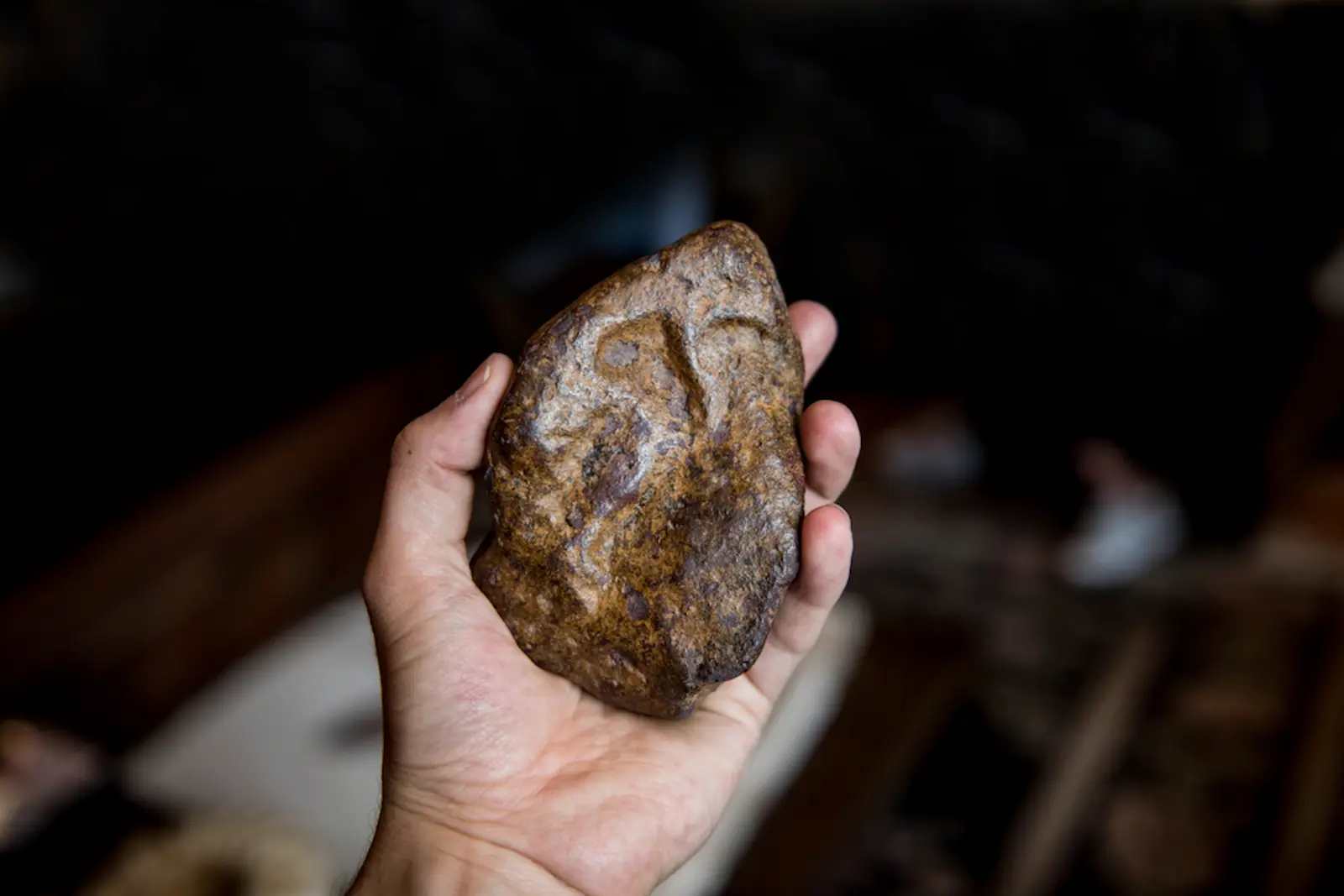
How to Get Your Meteorite Tested by a Laboratory?

From Sky to Pocket: The Adventurous World of Meteorite Hunters
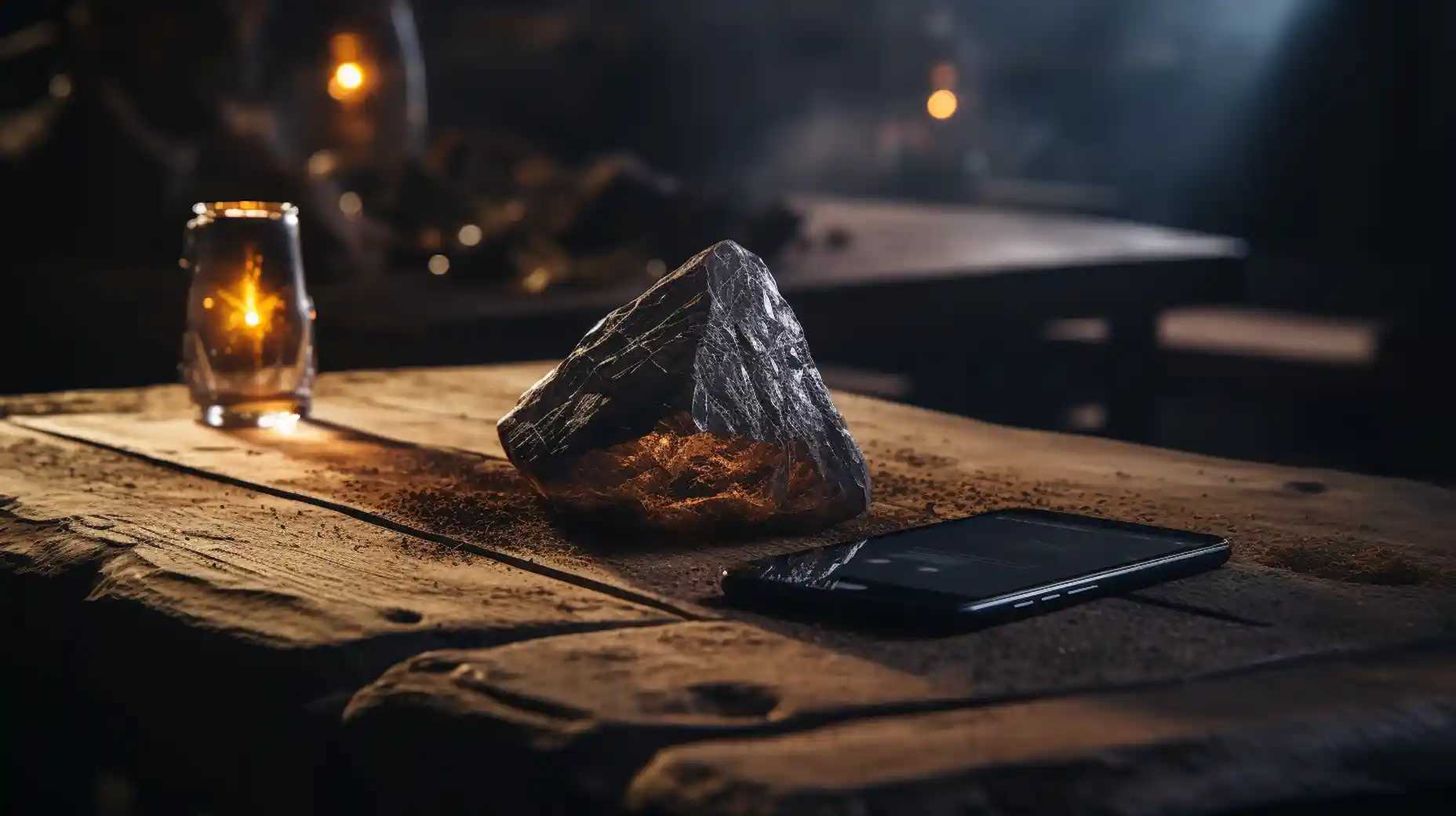
From Space to Sale: How to contact meteorite buyers

